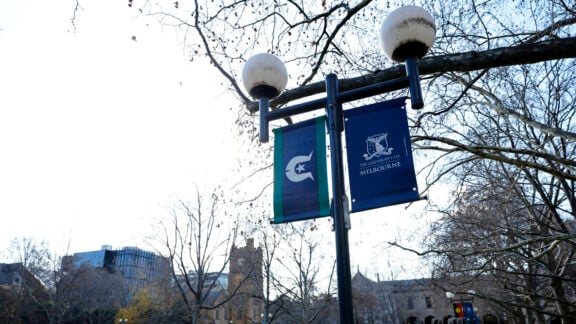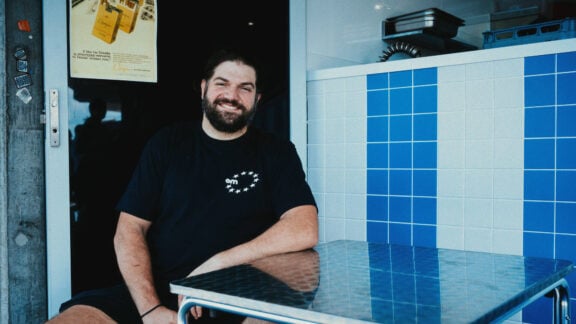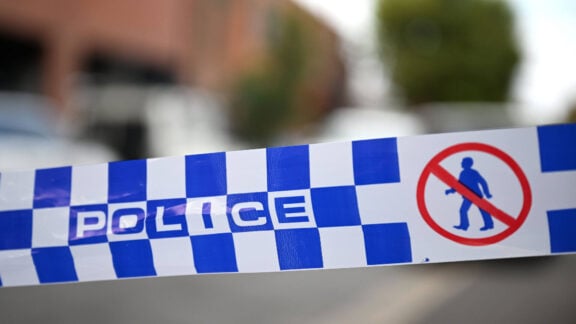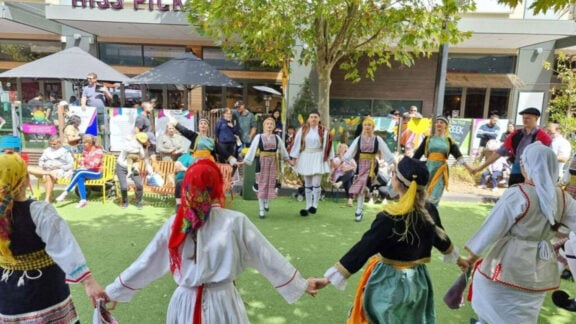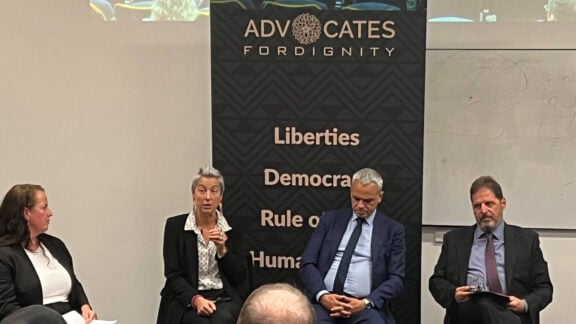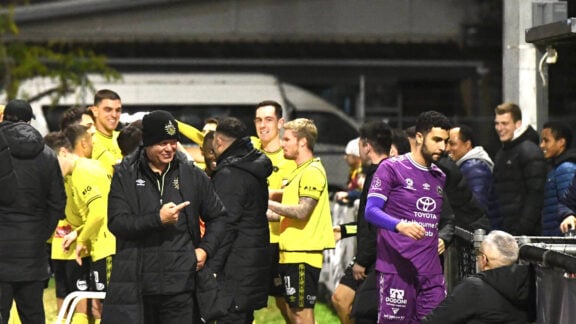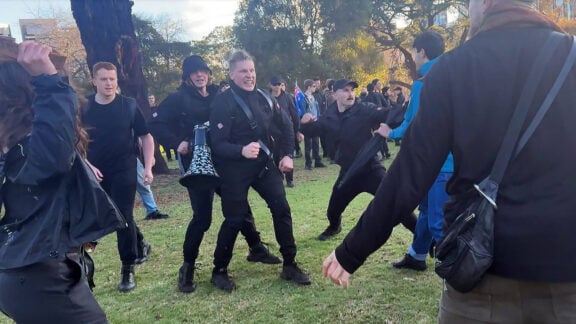According to data published on Friday, 51 per cent of Australians aged 16-plus had received a booster.
The booster rollout is at least a month behind the “ideal” schedule outlined by the government when boosters were made available.
Half of the currently eligible Australians have not yet received their third shot, says Burnet Institute epidemiologist, Mike Toole, who explained that the slow rollout has nothing to do with supply issues, rather with people’s reluctancy.
“The messaging around Omicron, that it is mild, has inhibited the uptake of boosters for adults and first and second doses for kids,” Toole said.
“I think that’s been quite dangerous. The country had 66 deaths on Thursday, 64 on Wednesday, 46 on Tuesday. That’s still a lot of deaths.”
Speaking to The Guardian last week a lab study showed the BA.2 variant was spreading faster, and causing more severe illness than the original version of Omicron.
“Third doses in adults and first courses in kids are important to protect us and to get the cases down before another variant hits us,” Toole said.
“I think it’s going to put us in a vulnerable position as we approach winter. We could be hit with a double whammy – Covid and a flu outbreak.”
Cases in Australia in the meantime continue to drop, as well as the rate of fatalities and hospitalisations.
The latest COVID-19 numbers in Australia:
- In NSW deaths have dropped to seven with 4,916 new cases recorded. Hospitalisations sit at 1,288 with 74 people in ICU
- Victoria has recorded three fatalities and 5,611 new infections. The are 361 people in hospital with 49 patients in ICU
- Queensland reported six deaths and 4,114 cases with 401 people in hospital and 34 people in ICU
- Tasmania has had no deaths and a total of 569 cases. In hospital are 10 people, two of whom are in ICU
- WA has recorded another 213 locally acquired cases of COVID-19 as new health restrictions aiming to curb the spread of the virus kick in.

